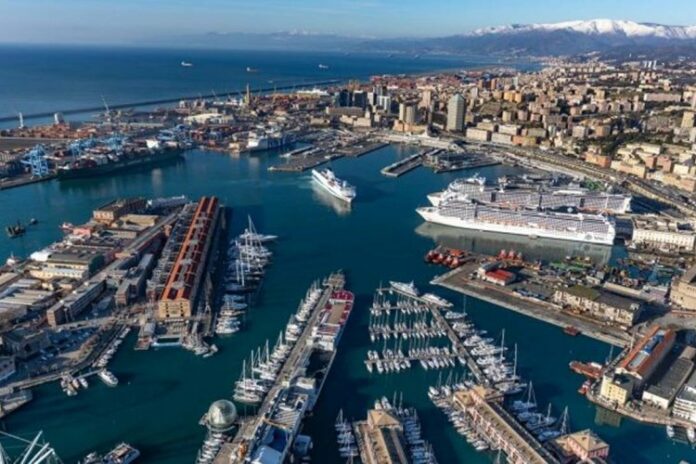As had already emerged from recent discussions, the two groups who had been invited by the Western Ligurian Sea Port Authority to tender for the elaboration of the detailed and executive design and the construction of the new Breakwater of the Port of Genoa, presented their offers by the bid submission deadline of midnight 26 July.
Webuild (with Fincantieri, Fincosit and Sidra) and Consorzio Eteria( Gavio, Caltagirone, Acciona and Rcm) sent their official technical-financial proposals for the construction of the first phase of Italy’s major port infrastructure, scheduled to be shortly examined by an independent board of experts.
The new breakwater has been planned to provide direct and easy access to cargo and passenger terminal facilities in the Old Port and Sampierdarena area and a wide turning basin for ultra-large ships to manoeuvre in full safety. The objective is to equip the Port of Genoa with all the infrastructure required to cater for future carrier upsizing and to boost its leadership in the highly competitive global shipping industry.
The breakwater ranks as the project central to the Emergency Investment Programme for the Recovery of the Port of Genoa, enacted in response to the repercussions of the tragic collapse of the Morandi Bridge and, in addition, features amongst a group of ten government core projects considered vital to rebuilding and upgrading the nation’s infrastructure, which can benefit from a range of streamlined procedures.
Genoa’s new breakwater has been designed to cater for the future generation of ultra-large vessels and ensure that all classes of ships can manoeuvre in full safety, to provide added protection to port basins and facilities from violent sea storms and climate change, and to guarantee the optimal distribution of vessels according to destination – cargo and passenger terminals/shipyards/marinas.



